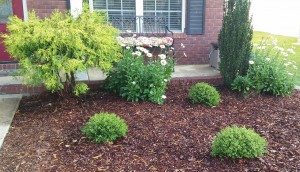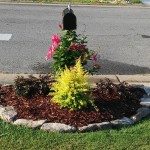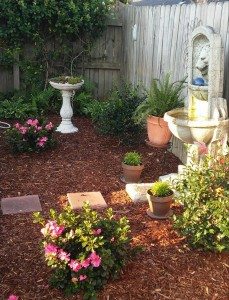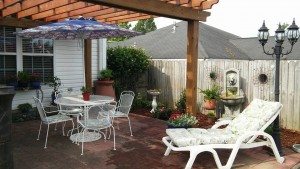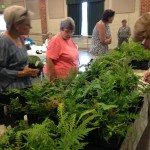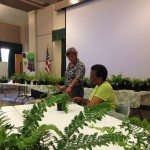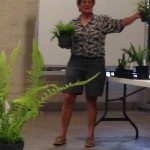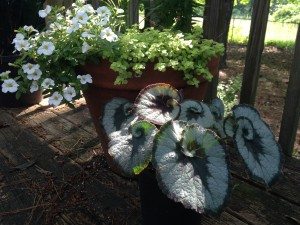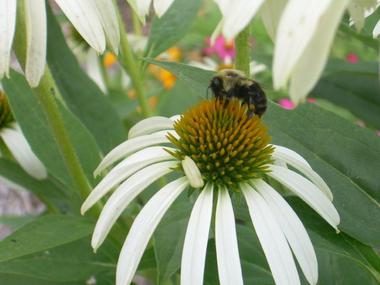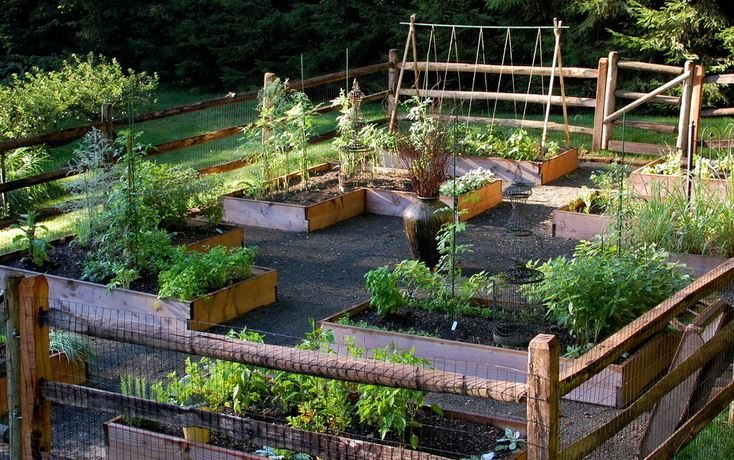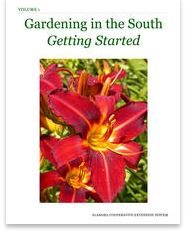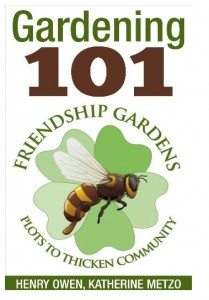Happy May, lots to do this month!
by Helen Yoest, author of Gardening with Confidence www.houzz.com
May brings the end of pine pollen and the unofficial start of summer with the long Memorial Day weekend. Let the prime gardening season begin. Here’s what you can do in the Southeast garden this month.
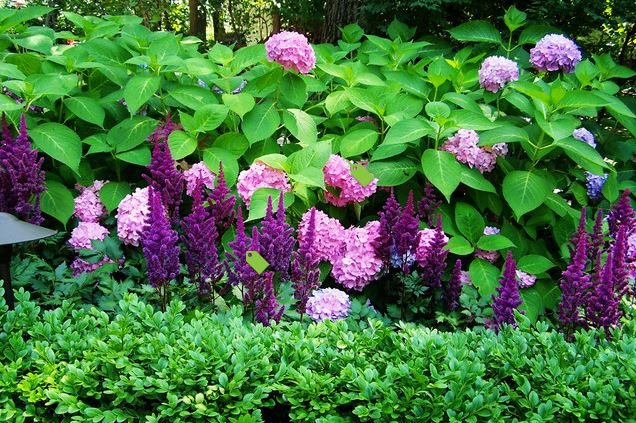
Admire blooming trees and shrubs. May is bloom time for southern magnolia (Magnolia grandiflora). These flowers give so much, and we need to do so little for them in return. I like to pluck a magnolia bloom and float it in a bowl of water near where I read or enjoy the garden at the end of the day. It lasts but a day, but what a day it is.
The Endless Summer hydrangea is the first hydrangea to bloom on old and new growth, with the ability to rebloom all summer long. I planted my Endless Summer in 2005. To encourage reblooming, cut the blooms for drying or to put in vases for a fresh arrangement. This will also encourage the plant to set new buds.
Prune rhododendrons and azaleas right after flowering.
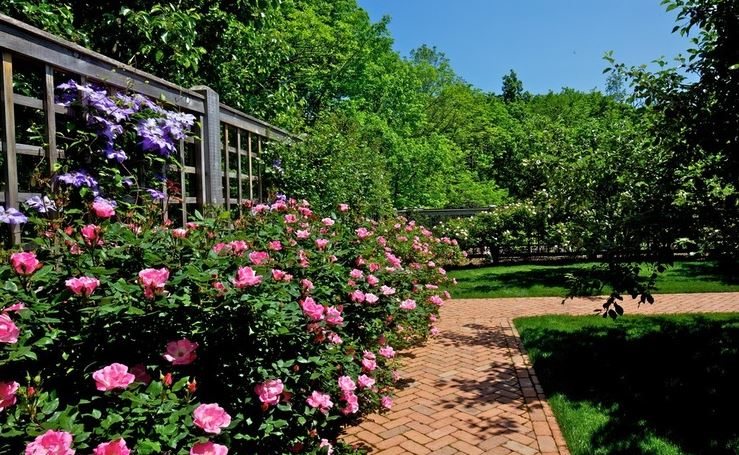
Enjoy abundant rose blooms. Roses are in full swing right now. Let your roses flesh out; prune less in May so they grow taller. This is usually good advice for the first couple of cuttings. Then you can prune at will, remembering to cut the next five leaflets at an angle.
Roses are heavy feeders — in terms of both food and water. Fertilize once a month and give each rose about 5 gallons of water each week (or about 1 inch per week). Water in the morning, at the base of the plant to help discourage black spot.
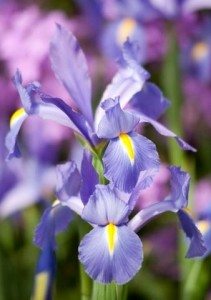 Cherish blooming iris. Oh, the irises are blooming their little heads off. After they bloom, cut the flower stalks to tidy up the plant. Recently I cut some for a friend. She took a whiff and realized, for the first time, that bearded irises have a lovely scent — making them enjoyable indoors too.
Cherish blooming iris. Oh, the irises are blooming their little heads off. After they bloom, cut the flower stalks to tidy up the plant. Recently I cut some for a friend. She took a whiff and realized, for the first time, that bearded irises have a lovely scent — making them enjoyable indoors too.
Cut the flower stalks of daffodils. Try to ignore the leaves as the plants naturally die back.
Plant annuals. With frosts behind us, you can plant
annuals with abandonment. Visit public gardens to see the
variety available for planting in our area.
(AAS) display garden, exhibiting the most recent selection winners.
Direct sow zinnia seed at intervals to have cut flowers through frost.
Plant tender summer bulbs. It’s now safe to transplant the amaryllis you grew during the
winter. It will not likely bloom again this year but should do so next year.
Now that the soil has warmed (make sure it’s at least 60 degrees Fahrenheit), plant caladium
bulbs or caladium potted and already in leaf. They like it warm and can be damaged by cool
weather, not just a frost. They are also big feeders, so you’ll need to water and fertilize them
consistently during the growing season.Actually, any tender summer bulb, such
as cannas, dahlias, ginger lilies and tuberoses,can be planted now.
Grow edibles. With the last frost of the season behind us, it’s now time to plant tomatoes,
basil, peppers, cucumbers and other tender annuals.
Plant an herb garden. If not for you, then for your garden friends. Black Tiger Swallowtail
butterfly larvae love parsley and fennel. Let those green worms eat it all.
Fertilize sustainably. To encourage flowering, use a fertilizer low in nitrogen and high in
phosphorus.Fertilizer’s three main ingredients are nitrogen, phosphorus and potassium, or NPK.
- 10-10-10 means there is an equal proportion N, P and K.
- Hydrangeas like a low N and a high P; thus a combination of 10-40-10 would be ideal.
A general rule of thumb to remember what the numbers mean is to start with the first number
and apply from the top of the plant to the bottom. As such, N is for the green, P is for the bloom
and K is for the root or
up and down and all around.To refresh your understanding of pH, it refers to the acidity of the soil and is measured by the
number of hydrogen ions present in the soil. It’s a logarithmic scale based on the power of 10.
As such, a pH of 6 is 10 times more acidic than pH of 7. Thus, even a little change in pH can
make a big difference.
- A pH of 7 is neutral.
- A pH lower than than 7 is acidic.
- A ph higher than 7 is alkaline.
Most plants like a pH between 6.5 and 7. Hydrangeas like it more acidic than most plants.


 Menu
Menu Search
Search



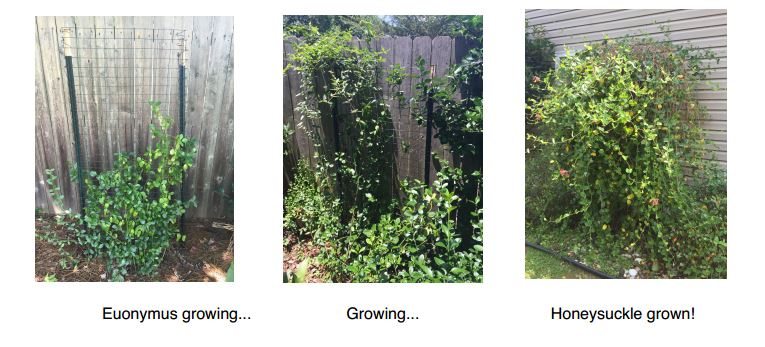
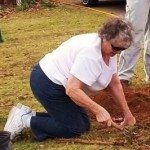







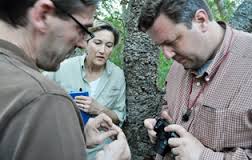
 Cut back annuals: Cut back summer annuals so they don’t get leggy. A good time to do this is right before you go on vacation; this way, you will be gone as the plants get a fresh start. Petunias benefit from this kind of summer pinch. This cutback from the ends of the stems encourages branching, resulting in a bushier plant.
Cut back annuals: Cut back summer annuals so they don’t get leggy. A good time to do this is right before you go on vacation; this way, you will be gone as the plants get a fresh start. Petunias benefit from this kind of summer pinch. This cutback from the ends of the stems encourages branching, resulting in a bushier plant.








